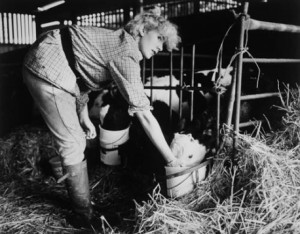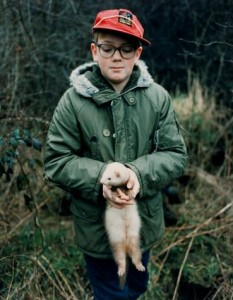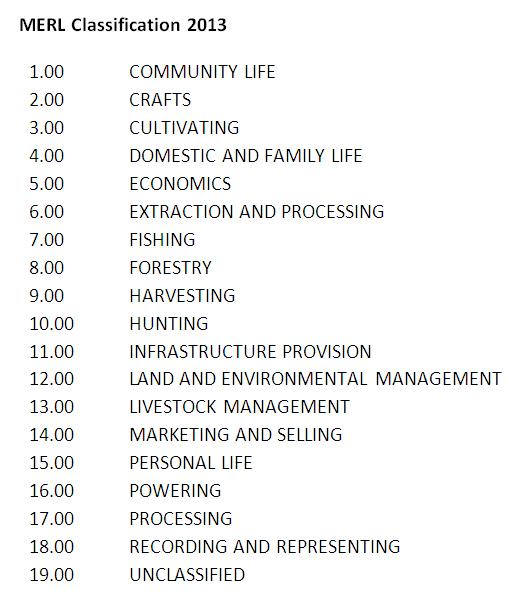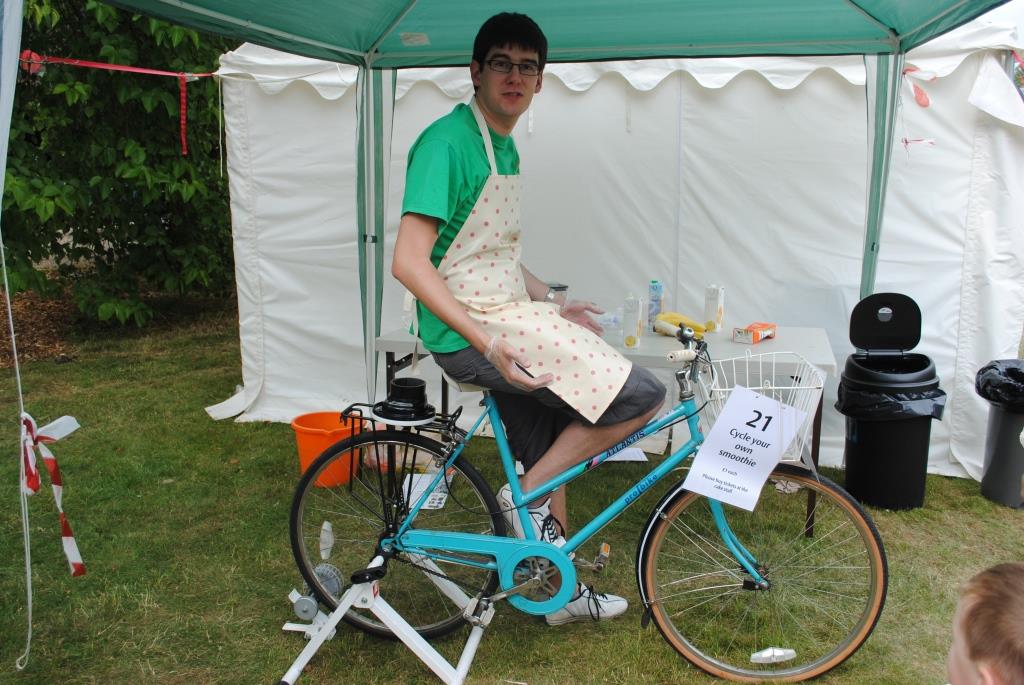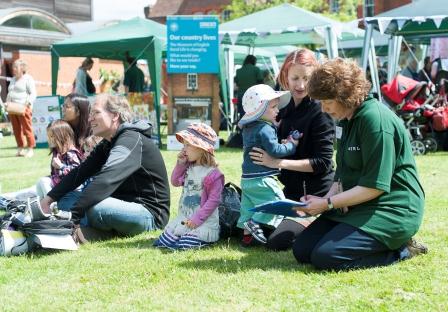Press release, October 14th 2013
Wondering what to do with the extra kilos of apples from your garden tree? The Museum of English Rural Life has the answer! Bring your surplus apples to MERL’s Apple Day on Saturday 19th October and watch special guest Richard Paget press them into delicious juice.

Apple schematic from the Herefordshire Pomona
The Museum (MERL), which is owned and managed by the University of Reading, celebrates Apple Day as part of the popular annual celebration of English apples and orchards.
Caroline Gould, Deputy University Archivist and organiser of MERL’s event, said “Apple Day is one of the Museum’s most popular annual events. The different varieties of apples to taste are the stars of the show, along with traditional activities such as the longest peel competition and the apple and spoon races, but each year we look for new activities to enhance the event. This year we are delighted to be welcoming Richard Paget of ‘My Apple Juice’ whose community ‘Apple Juice Project’ aims to help communities raise funds by turning surplus, often wasted, fruit from their gardens and local areas into juice. Bring your surplus apples to MERL on the day and see them turned into delicious juice!”
“This year visitors will also be able to see a cookery demonstration by Charlotte Fyfe, author of ‘The Apple Cookbook’ and taste freshly made apple fritters, take part in an apple study being run by academics from the School of Chemistry, Food and Pharmacy at the University of Reading, and find out about The National Fruit Collection at Brogdale in Kent.
MERL Archives and Library staff will be on hand to show visitors photographs and beautifully illustrated texts from the Museum’s collections . Caroline said: “Visitors to Apple Day have the opportunity to see the rare and highly sought after first Herefordshire Pomona, as well as 1950s Ministry of Agriculture, Fisheries & Food films about apple cultivation, and the strikingly illustrated Two Rivers Press book ‘Apples, Berkshire, Cider’ by Duncan Mackay.”
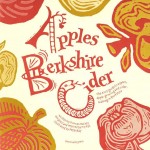
Apples Berkshire Cider by Duncan Mackay
“Visitors to the event can enjoy tasting different varieties of English apples supplied by Cross Lanes Farm in Mapledurham, and the growers themselves will be on hand to discuss and sell their apples. The Conservation Volunteers will be back to help families make bee hotels and R&J Nickless beekeepers will be there to explain the importance of bees to fruit crops. Families will also be able to make badges with the Nicklesses and fluffy apple pompoms with MERL volunteers.
“The MERL shop will be stocked up with apple-based goodies including toffee apples, juices and chutneys’. Tea and delicious homemade ‘Country Markets’ apple pie and cakes will also be available in MERL’s ‘Studio Cafe’”
The Apple Day event takes place from 1 to 5pm on Saturday 19th October at the Museum of English Rural Life on Redlands Road in Reading. Admission is £1 for adults and is free for children. Everyone is welcome. Full details can be found on the MERL website
Media are welcome to attend. Contact Alison Hilton at a.c.hilton@reading.ac.uk or call 0118 378 8660





